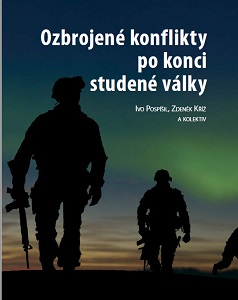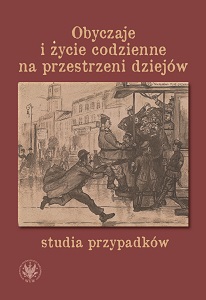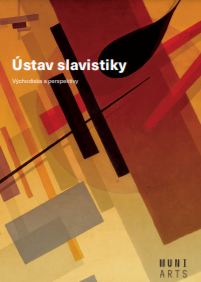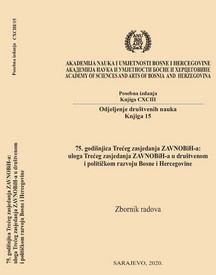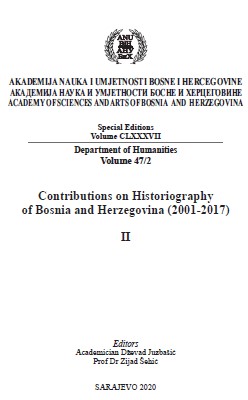Author(s): Pavel Krejčí / Language(s): Czech
Publication Year: 0
V úvodu k přehledu studia jihoslovanských jazyků a odborného bádání o nich na FF MU nebude jistě od věci, provedeme-li stručný faktografický úvod do oblasti, v níž se těmito jazyky hovoří. Teritorium osídlené jižními Slovany je v rámci slovanského světa nejpočetnější co do množství států i oficiálních (úředních) jazyků, třebaže svou rozlohou i počtem slovanských mluvčích je v porovnání s východoslovanským a západoslovanským prostorem nejmenší (rozloha cca 356 tis. km2 je srovnatelná s rozlohou Spolkové republiky Německo, přibližně 27 mil. jeho slovanských obyvatel představuje jednu třetinu obyvatel Německa). Od svých severoslovanských sousedů je navíc odděleno rumunsko-maďarsko-rakouskou „hrází“. Na prostoru jihovýchodní Evropy se dnes nachází sedm slovanských států (seřazených v našem výčtu podle velikosti), jejichž obyvatelé hovoří oficiálně sedmi jihoslovanskými jazyky: Bulharsko (110,9 tis. km2 , 7 mil. obyv., hl. m. Sofija – č. Sofie; úř. jazyk bulharština), Srbsko (77,5 tis. km2 , 7 mil. obyv., hl. m. Beograd – č. Bělehrad; úř. jazyk srbština), Chorvatsko (56,5 tis. km2 , 4,5 mil. obyv., hl. m. Zagreb – č. Záhřeb; úř. jazyk chorvatština), Bosna a Hercegovina (51,1 tis. km2 , 4 mil. obyv., hl. m. Sarajevo; úř. jazyky bosenština, srbština, chorvatština), Makedonie (od r. 2019 Severní Makedonie, 25,7 tis. km2 , 2,2 mil. obyv., hl. m. Skopje; úř. jazyk makedonština), Slovinsko (20,2 tis. km2 , 2 mil. obyv., hl. m. Ljubljana – č. Lublaň; úř. jazyk slovinština) a Černá Hora (13,8 tis. km2 , 0,7 mil. obyv., hl. m. Podgorica; úř. jazyky černohorština, srbština, bosenština, chorvatština).
More...
